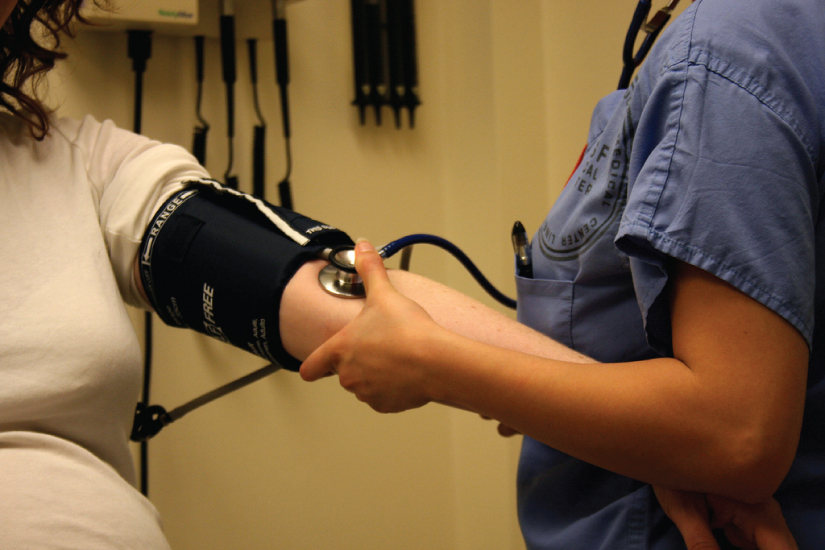
|

1.1 An introduction to the human body Read Online
1.2 The chemical level of organization Read Online

After studying this chapter, you will be able to:
Though you may approach a course in anatomy and physiology strictly as a requirement for your field of study, the knowledge you gain in this course will serve you well in many aspects of your life. An understanding of anatomy and physiology is not only fundamental to any career in the health professions, but it can also benefit your own health. Familiarity with the human body can help you make healthful choices and prompt you to take appropriate action when signs of illness arise. Your knowledge in this field will help you understand news about nutrition, medications, medical devices, and procedures and help you understand genetic or infectious diseases. At some point, everyone will have a problem with some aspect of his or her body and your knowledge can help you to be a better parent, spouse, partner, friend, colleague, or caregiver.
This chapter begins with an overview of anatomy and physiology and a preview of the body regions and functions. It then covers the characteristics of life and how the body works to maintain stable conditions. It introduces a set of standard terms for body structures and for planes and positions in the body that will serve as a foundation for more comprehensive information covered later in the text. It ends with examples of medical imaging used to see inside the living body.
Question: A true/false test has _______ recognition items.
Choices:
similar
free choice
dichotomous
no
Question: A test format could be normative or ipsative. In the normative format
Choices:
each item depends on the item before it.
each item depends on the item after it.
the client must possess an IQ within the normal range
each item is independent of all other items.
Question: Appraisal can be de? ned as
Choices:
the process of assessing or estimating attributes.
testing which is always performed in a group setting.
testing which is always performed on a single individual.
a pencil and paper measurement of assessing attributes.
Question: A client who takes a normative test
Choices:
a. cannot legitimately be compared to others who have taken the test.
b. can legitimately be compared to others who have taken the test
c. could not have taken an IQ test.
d. could not have taken a personality test.
Question: A short answer test is a(n) _______ test.
Choices:
objective
culture free
forced choice
free choice
Question: Short answer tests and projective measures utilize free response items. The NCE and the CPCE uses forced choice or so-called _______ items.
Choices:
vague
subjective
recognition
numerical
Question: In an ipsative measure the person taking the test must compare items to one another. The result is that
Choices:
a. an ipsative measure cannot be utilized for career guidance.
b. you cannot legitimately compare two or more people who have taken an ipsative test.
c. an ipsative measure is never valid.
d. an ipsative measure is never reliable
Question: The _______ index indicates the percentage of individuals who answered each item correctly.
Choices:
dif?culty
critical
intelligence
personal
Question: The National Counselor Exam (NCE) is a(n) _______ test because the scoring procedure is speci? c.
Choices:
subjective
objective
projective
subtest
Question: The NCE is a(n) _______ test.
Choices:
free choice.
forced choice
projective
intelligence
Question: . A test can be de?ned as a systematic method of measuring a sample of behavior. Test format refers to the manner in which test items are presented. The format of an essay test is considered a(n) _______ format.
Choices:
subjective
objective
very precise.
concise